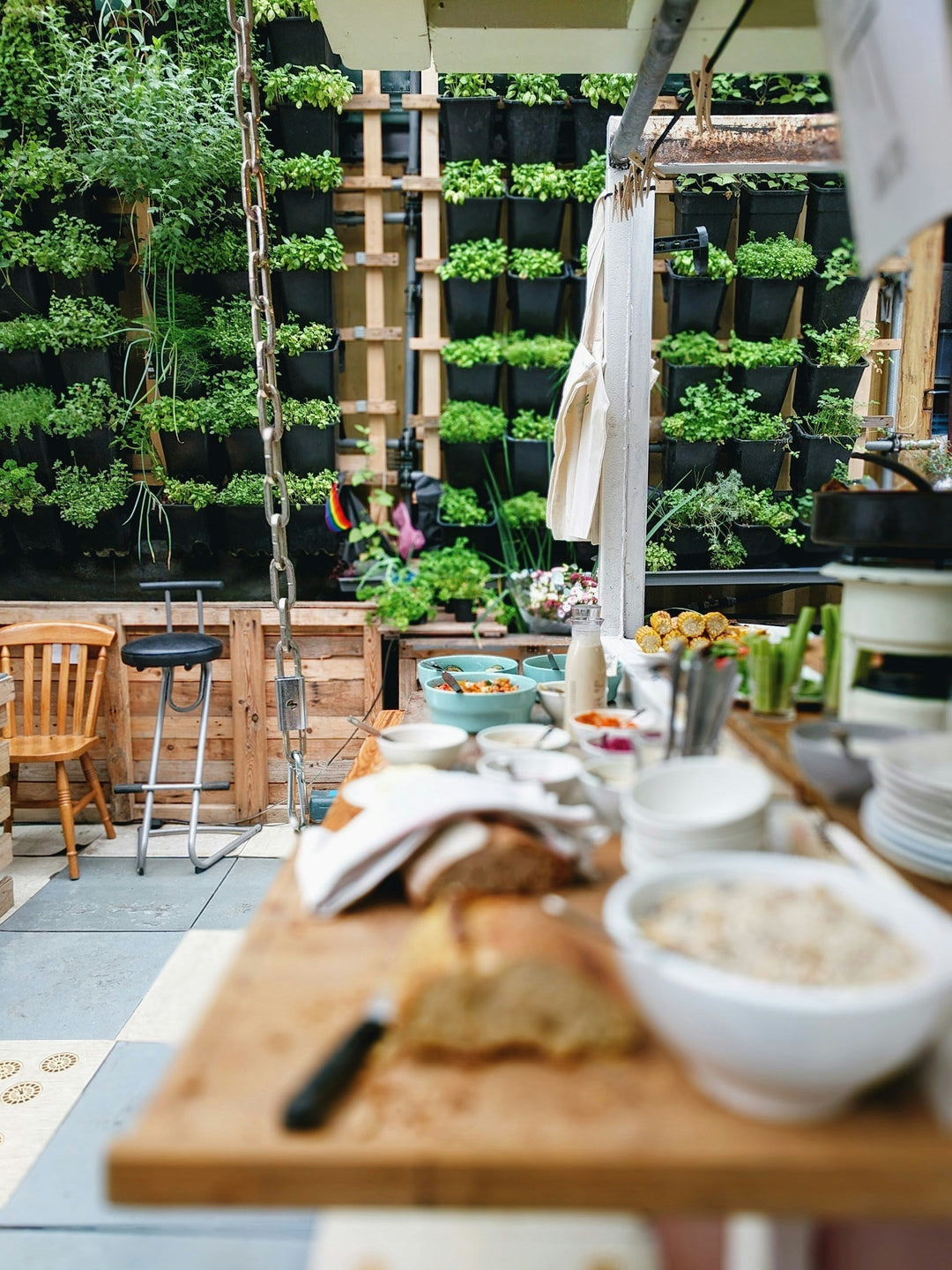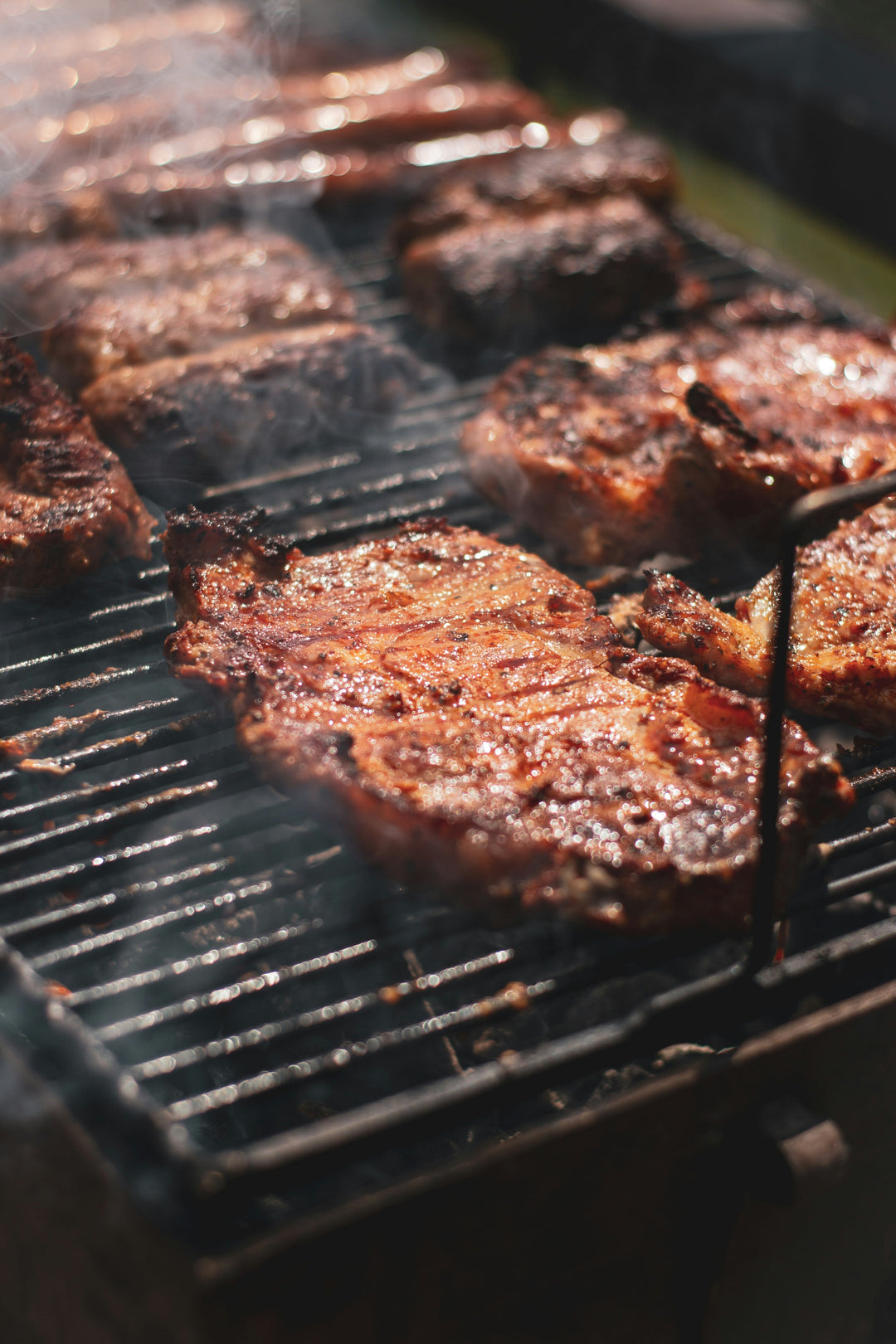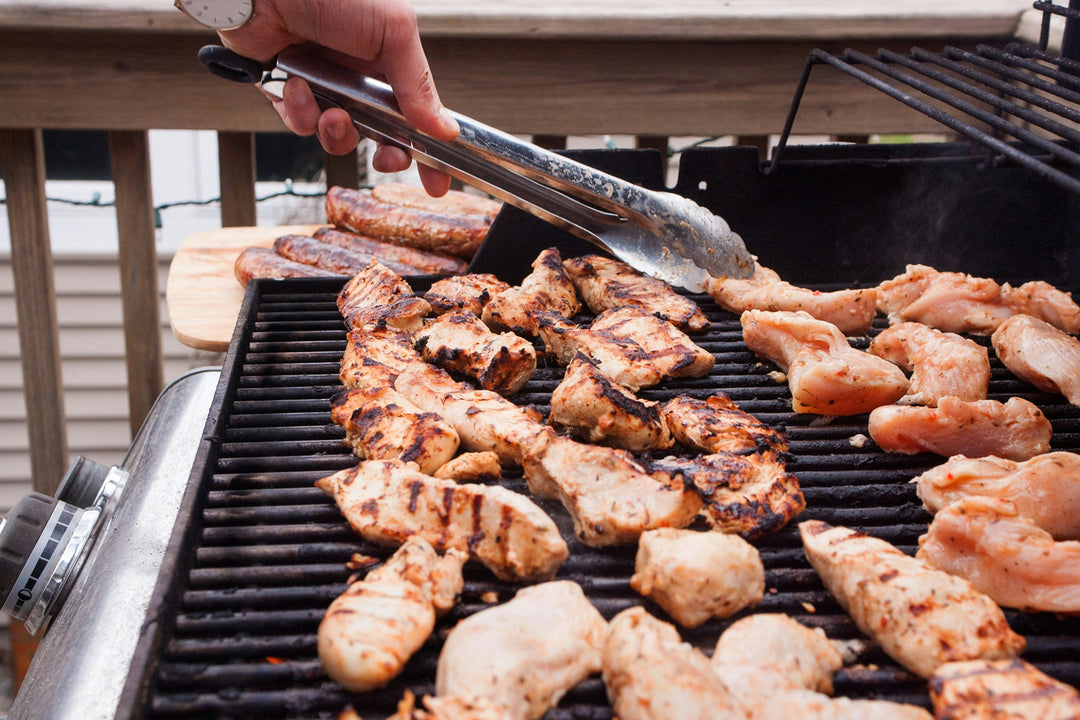How to Install an Outdoor Ice Maker
Updated 25 Jun 2025 • Approx. 10 min read
Fast-Track: Budget $400–$1,200, run a 1/4″ potable water line, add a gravity or pump drain, and leave 3″ rear clearance. Keep scrolling for a tools checklist, cut-out calculator, and install video.

Table of Contents
- Tools & Materials
- Water & Drain Hookup (video)
- Electrical & GFCI
- Ventilation & Fitment
- Testing & Flush Cycle
- FAQ
1. Tools & Materials
- Adjustable wrench + 1/4″ compression fittings
- 1/4″ OD copper or braided stainless water line (6 ft pre-cut)
- Traps & 5/8″ PVC for gravity drain or condensate pump kit
- GFCI outlet tester
- Spirit level + tape measure
- Ventilated toe-kick grill (if cabinet base has no vent slots)
Browse built-in ice makers & accessories
2. Water & Drain Hookup (4-min video)
- Shut off main water and bleed pressure.
- Route 1/4″ line from cold-water tee to ice-maker valve; avoid kinks.
- Hand-tighten compression nut, then add 1/4-turn with wrench.
- For drains: maintain 1/4″ per-foot slope or mount pump per manual.
3. Electrical & GFCI Requirements
Indoor units pull 2–4 amps on a dedicated 120 V, 15 A circuit. NEC 210.8(B) mandates GFCI protection for outlets in wet-bar or kitchen bases. Test with a GFCI tester after wiring.
4. Ventilation & Fitment
| Vent Type | Rear Clearance | Toe-kick Vent |
|---|---|---|
| Front-venting | 3″ | Yes |
| Rear-venting | 5–6″ | No |
Level the cabinet with adjustable feet to prevent ice-level sensor errors.
5. Testing & Initial Flush Cycle
- Open water valve; check all joints for leaks.
- Plug unit in, press Clean cycle—most brands take 20 min.
- Discard the first full ice batch; it may taste metallic.
FAQ
+− Do indoor ice makers need a dedicated drain?
Yes—install a gravity drain with 1/4″ per-foot slope or add a condensate pump.
+− Can I use plastic tubing instead of copper?
Use braided stainless or 1/4″ copper; PVC can burst under constant pressure.
+− What temperature range is safe for the cabinet?
Keep ambient between 55 °F and 100 °F for consistent ice yield.



Dejar un comentario